|
Since retiring, I've been spending a lot more time working to improve my craft as a picture book writer. This includes connecting with a lot of the children's writing community online. Having been in education my entire life, this new world of traditional publishing: querying agents, learning from editors, lurking as new online connections converse about the overwhelming process, has been very interesting! Last night when I saw others tweeting (yes, I will always call it that!) about Susanna Leonard Hill's 2023 Holiday Writing Contest, I knew I had to give it a shot (my first writing contest ever)! The theme this year is Holiday Countdown so the piece had to include counting something down. The hardest part was reducing my first draft to the 250 word limit, especially while trying to keep the rhyme and meter as tight as possible. Some of that smoothness was sacrificed, but lesson learned! Those of you who know me, know I am passionate about integrating relevant STEM at the elementary level! So you KNOW I had to include a drone in my entry! As I wrote Devoted Drone Deliveries, I thought back to missions our GLIDE girls had done over the years and how it is so important for girls to see themselves represented in drone education and the drone industry. I knew the main character had to be one of the most caring and amazing young drone pilots I'd had the pleasure to teach, Jordan. As a side note, the importance of growing this representation and elementary drone integration is exactly why I am so honored to be part of the curriculum team at Drone Legends! They share that passion! So anyway! Here is my debut writing contest entry! Enjoy!
Devoted Drone Deliveries Jordan loves the people who live in her neighborhood! Holidays are here again and so to do some good… She wants to use her trusty drone to give each house a gift, that way she’ll stay anonymous and spirits she will lift! House number 10, Mr. Frost works down at the deli. To him, she gives some homemade bread and jar of apple jelly. Number 9, Mrs. Green, a mom with seven kids, her gift is cookies, sweetly baked in tins with matching lids. Number 8, on down the street, John and Jerry Knox, they work out in the cold all day their gifts, knitted socks. Number 7 is the place the Lopez family lives. They always wave and shout hello, a smiley flag she gives. Number 6, Grandpa Frank, although he’s not related, he’s loved by everyone around his gift, art she created. Number 5, with fading paint belongs to Captain Smoots, he works hard daily catching fish; her drone delivers boots. Number 4, Mrs. Nell who has a bunch of cats, Jordan gives her treats and toys that look like little rats! Number 3 belongs to Ann who sleeps during the day, she works the night shift at the mill, for her, a big bouquet. Number 2, a tiny home owned by Officer Mark, a flashlight is his gift this year to help him in the dark. Number 1, the final stop is Jordan’s own home place. She views the pictures from the drone, smiles on EVERY face! This blog post contains Amazon Affiliate Links. As an Amazon Associate I earn from qualifying purchases. One of my favorite Citizen Science activities with kids involves ants, so this picture book really appealed to me! Although you may need to take another look at this one in the spring, I wanted to share it now. It would also make a great hook for a study on where insects go in the winter! Featured Picture Book:
Hey, Little Ant (1998) By Phillip and Hannah Hoose (@PhillipHoose) Illustrated by Debbie Tilley Summary A boy and an ant have a discussion about whether the boy should step on the ant. They compare aspects of their lives that are similar and different. The final decision is left up to the reader! Related Themes: SEL: Taking the perspective of others Caring about others Peer pressure Similarities and differences Science: Insect studies STEM Ideas: 1. There is a great lesson on Mystery Science that you could tie in after reading this book called Where do bugs go in winter? 2. Here are my lesson slides that incorporate the Mystery Science video and an engineering challenge with Hex Bugs! 3. Engineer a safe trap to bring with you on a picnic so no ants get harmed. Use recyclable materials during the design process! 4. Plan out, write a script, and record a video convincing the boy to save the ant. 5. Create a green screen project (either video or just still photos) where the kids are small like ants. DoInk is my favorite app for these types of projects, but you could use whatever green screen app you like! 6. Bring live ants/ant farm into your classroom for student observations! Here is a great site with ideas and support. Or take your kids out into nature to do some ant observations - make sure you bring the hand lenses and science notebooks! Do you have other ideas? I'd love to hear about them in the comments! #BetterTogether This blog post contains Amazon Affiliate Links. As an Amazon Associate I earn from qualifying purchases. I LOVE this book! Although it’s an older picture book, the message and science in it are timeless. If your students are studying insects or animal adaptations, this would be a great foundational read for a fun STEM challenge! Featured Picture Book:
The Very Ugly Bug (2004) By Liz Pichon (@LizPichon) Illustrated by Liz Pichon Summary: A bug who thinks she is ugly tries to disguise herself using some of the adaptations of her friends, but finds out she’s perfect just the way she is! Related Themes and Standards: SEL: Respecting differences Managing envy Being yourself Supporting friends Science: Animal Adaptations Insect Camouflage STEM Ideas: 1. Students could engineer their own insect using various inexpensive/recycled items and then
3. Have drones? Students could create flying insects that have to maneuver through a forest or other habitat to avoid a predator. This blog post contains Amazon Affiliate Links. As an Amazon Associate I earn from qualifying purchases. This is an adorable rhyming picture book that is perfect during those times you are either introducing the Engineering Design Process or need to reassure your young engineers that plans don’t always bring success and failure often leads to big inventions! Featured Picture Book:
The Fix-It Man (2016) By Susan Hood (@sHood125) Illustrated by Arree Chung (@arreechung) Summary: Joshua James is a boy who loves to fix problems around the house with his little sister playing the role of assistant/tester. The book includes detailed and fun illustrations of his plans and inventions, many of which resemble Rube Goldberg style devices. Some are successful, while some are not! The main problem is humorous and kids will love to see how JJ and his sister solve it! Related Themes: Engineering Design Process:
STEM Ideas: 1. Great book to include in a study of Rube Goldberg. Have students engineer that style machine to solve a simple real world problem (ie. getting a pencil to a friend). 2. This would be a super book if you are starting a take-apart or backward engineering activity where you give students old electronics/toys and they dismantle them and build something else with the parts. 3. Have students study the simple machines featured in this book. Create a chart of the ones they notice. Then have them engineer something small focusing on just one of those simple machines. For example, there are some great pulley systems in the book they could try to recreate with recyclable materials. 4. Studying forces and motion? This book is LOADED with illustrations of various forces. Have a discussion about them and then have students recreate them using simple materials. Feel free to add your ideas or leave a comment! We're better together! This blog post contains Amazon Affiliate Links. As an Amazon Associate I earn from qualifying purchases. Today’s pick is a sweet story by Kate Banks called The Winter Bird. This is a perfect book for this time of year as the seasons change. There are many ELA and Science integrations that would create a powerful lesson! The beautiful illustrations by Suzie Mason make this a picture book that kids will love. Featured Picture Book:
The Winter Bird (2022) By Kate Banks (@KateBanksBooks) Illustrated by Suzie Mason Summary: A nightingale with a broken wing is unable to leave for the winter. Many animals in the forest help care for the bird and teach it to survive the winter, sharing resources and company. The nightingale learns about winter and celebrates with the others when spring returns. Related Themes and Standards: SEL:
STEM Ideas: 1. Engineer a new nest for the nightingale designed to keep it safe and warm for the winter. Students could use natural materials from outside or recycled materials. 2. Engineer objects to keep the nightingale warm (in the story it is given extra feathers and nutshell “slippers” from other animals). 3. Make snow using one of these simple recipes and experiment with how it felt to the nightingale. Students could create a snow cave for the nightingale to live in. 4. Use Canva (or another program) to create a thank you note the nightingale could send to the other animals for all their help. 5. Spread white packing peanuts on the floor and have students program a robot to get through the snow to a nest or cave. 6. Engineer a bird feeder that will help birds in the area during the upcoming winter months. 7. Research the animals mentioned in the book and create a class book using Book Creator or other program. Would love for you to share your ideas! We're better together! This blog post contains Amazon Affiliate Links. As an Amazon Associate I earn from qualifying purchases. Over the decades that I read picture books to students, I noticed that many of their favorites were stories that were just plain silly! This book is one of those, but it can still lead to some fun STEM challenges that integrate ELA, Science, and Computer Science! Featured Picture Book:
Stuck By Oliver Jeffers (2011) Summary: This is a silly book about a boy, Floyd, who starts off getting his kite stuck in a tree. He begins to throw things up into the tree trying to knock it down. Each object he throws also gets stuck as the items continue to get bigger and more outlandish! Finally, in the end, he gets his kite back, with a little twist! Themes:
STEM Ideas: 1. Of course, loving drones in the classroom the way I do, I immediately thought of a drone challenge!
3. Have students create and code a program in Scratch/Scratch Jr. that recreates the story. 4. Have students create a path using pictures of the objects that were thrown into the tree in the correct order. Use Beebots, Dash, Sphero, Ozobot, or other robots to follow the path to retrace the story. 5. Have students engineer a tree that will hold the most weight without tipping over. 6. Have the students create a stop motion video that recreates the story objects getting stuck in the tree. Do you have other ideas or need some tips for the ones I suggested? Let me know in the comments!
I am EXCITED about this new blogging adventure! Every other day or so I plan to highlight a picture book and its STEM possibilities! As always, feel free to comment and bookmark!
If you have heard any of the presentations I’ve given over the past 20 years, you know I believe picture books are one of the best tools we have to integrate meaningful STEM, especially at the elementary level. One of my favorite parts about being an elementary educator has always been reading picture books and imagining engineering challenges that would engage our young students. So here we go!
Featured Picture Book
I Knew You Could! - A Book for All the Stops in Your Life by Craig Dorfman and Illustrated by Cristina Ong (2003) Summary The narrator in the story continually gives life advice to the little train as it journeys through good times and bad times, as well as everyday life changes. Themes
STEM Ideas This would be a great book to read when introducing the engineering design process to kids. It has short tips for dealing with failure/hard times. If your class has been integrating STEM activities related to academic standards and needs to take a little break to do a challenging teamwork build, this book would be perfect! It will help refocus everyone on the big picture, especially as they work on developing SEL (social-emotional learning) skills. Because this story’s character is a train on tracks, I can see designing the following STEM lessons:
Feel free to leave your thoughts and ideas! If you have a favorite picture book you'd like to see featured, make sure you leave a comment as well! We're better together! With the recent success of India’s lunar landing and interesting articles sent to my inbox by NASA, I wanted to share some relevant STEM lessons my students loved! In their article, “Why Bring Mars Samples Down To Earth?”, NASA explains the purpose behind their Mars Sample Return mission. Moon Rock Challenge This reminded me of the Moon Rock Challenge mission I created for my students following the news about China’s rover landing on the moon's dark side. (Update on mission HERE.) In the challenge, student engineers must build a device to grab moon rocks (in our case, we used the LEGO WEDO grabber build but you could use recyclable materials instead of robotics). The main element of this challenge is that the student grabbing the rocks (packing peanuts) is behind a barrier and can’t see them. They must communicate with another engineer who has the visuals! They must work together to gather as many rocks (could be the Moon or Mars!) for scientists to bring back for analysis. I built collection vessels with recycled large cardboard tubes, but you could use solo cups or any other easy-to-find cylinder. We talked a lot about how space scientists must communicate effectively with the devices they send to the Moon or Mars in order to successfully complete the task. Moon Rover Challenge This was a lesson (Slides) I created for a professional development session with elementary educators. My intent was for them to learn to use the LEGO WEDO 2.0 kits as well as learn how to integrate STEM into non-fiction literacy, science content, math measurement, and the effective use of technology apps. You could copy and edit these slides to include different robots like LEGO Spike, BeeBots, Dash, etc. if you don’t have WEDO 2.0 (which has sadly been discontinued). Or you could have the engineers make it out of recycled materials, not using robots at all! Do you have a favorite Space STEM activity? I'd love to hear about it! #BetterTogether
I don’t know about you, but I love when a new Edutopia newsletter pops up in my inbox. The one I just received includes an article about six evidence-backed tips for scaffolding student learning.
As I was reading the advice, I couldn’t help but think about the perfect tie-in to how we scaffold learning through STEM activities. So here are my STEM takes on the six they discuss in their article.
#1 Clarity
The article describes how you should make sure your instructions and materials are designed to optimize student understanding and learning. When we introduce an engineering activity to students this is so important. Whether we are starting with a foundational picture book, relevant current event, or other hooks, we need to make sure we are walking the students through the process and actions we are expecting, and clearing up any questions they may have prior to beginning. This allows them to see the big picture, sets the tone, and decreases negative behaviors that often come when students are confused or anxious. I always use my guiding slide deck with the same engineering design process (EDP) image to provide clarity and better student understanding. Here’s an example: #2 Build Background Knowledge For me, this is where the IMAGINE step in the EDP is crucial. In addition to children imagining how they will solve a problem, I use this step to show pictures or an effective video related to the challenge to promote discussions and provide that crucial background knowledge that many students may not have. For example, when engineering “boats” for the Who Sank the Boat lesson, many students may not have first-hand experience with what different boats look like. So I share the images below and we talk about the materials, shapes, designs, and purposes of the various boats. This provides at least a small bit of background knowledge prior to the actual challenge. Background knowledge can also be triggered through discussions the class has while reading a foundational picture book!
#3 Be Multi-Modal
Ah, yes! STEM integration’s superpower! By nature, engineering and hands-on science, math, and technology learning are multi-modal. Children are asked to listen to a story, watch a video, or view a demonstration of a phenomenon. They are then tasked with drawing out their plans to solve a problem. Then comes the crucial building, manipulating, experimenting, and/or crafting. And throughout that amazing process, they are continually communicating with their partner or team, sharing results at the end, and in many other ways stating what they have learned. STEM is naturally multi-modal!
#4 Use Graphic Organizers and Anchor Charts
Whether in the regular classroom, the STEM lab, or the media center maker space, graphic organizers and anchor charts provide students with just that…an anchor for all the learning taking place. The Edutopia article states that “In the early stages of learning—as students are grappling with unfamiliar information—it’s helpful to supply prompts, hints, or even partially completed anchor charts and graphic organizers to make learning more effective” In my opinion, when conducting STEM activities, these anchor charts should first be filled with student discoveries, ideas, and conclusions. Then, through class discussion, if misconceptions related to content need to be clarified, additional information can be added. We need to be careful to allow the students to work through failure without the crutch of constant hints or prompts about what WE think they should do. As teachers this is hard; to step back even when we know they are making a mistake or their build won’t work. But this is where the best learning occurs, and building an anchor chart throughout the activity can support that.
#5 Use Pre-Lesson Activities
Although the article focuses on the more traditional content application of providing high-level quiz questions prior to the learning activity, my favorite pre-lesson activity when integrating STEM is reading a relevant well-written picture book, no matter what age the students are (high school students still love picture books!). For great collections of picture books that are fantastic for STEM integration check out my constantly growing Pinterest Board HERE.
#6 Ask Meta-Cognitive Questions
One way I’ve found to keep myself from “helping” students too much during the engineering design process is to ask questions that help them develop their metacognition. Questions/prompts like:
What other ways do you help scaffold STEM activities for your students? I’d love to hear about them! #BetterTogether
|
Kim CollazoSTEM Advocate and Picture Book Author Archives
April 2024
Categories
All
|

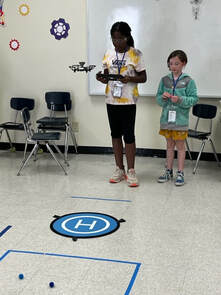
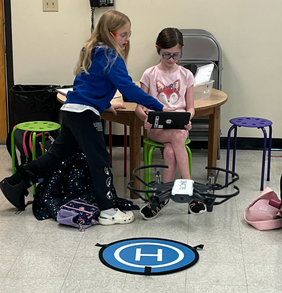
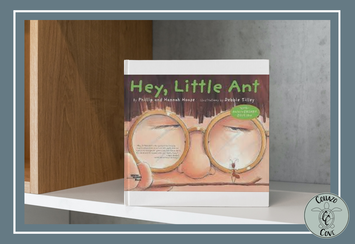
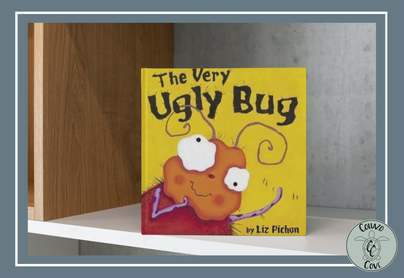
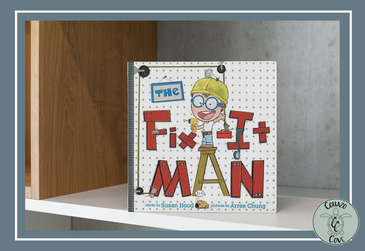
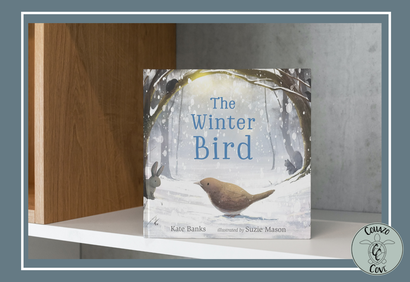
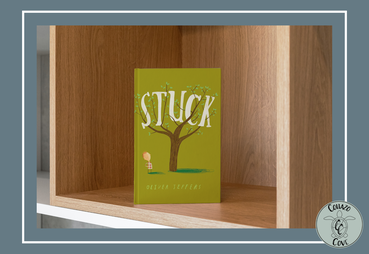
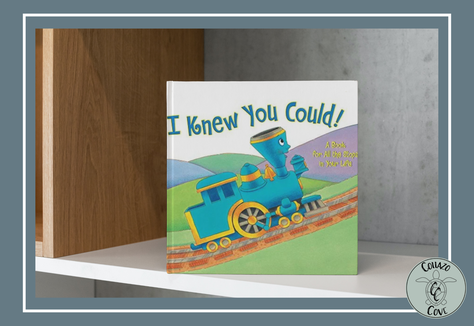
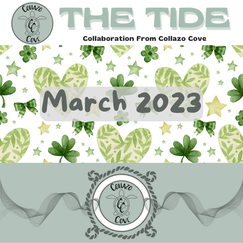

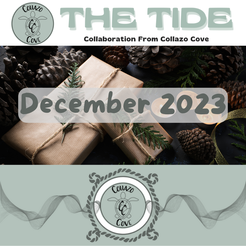

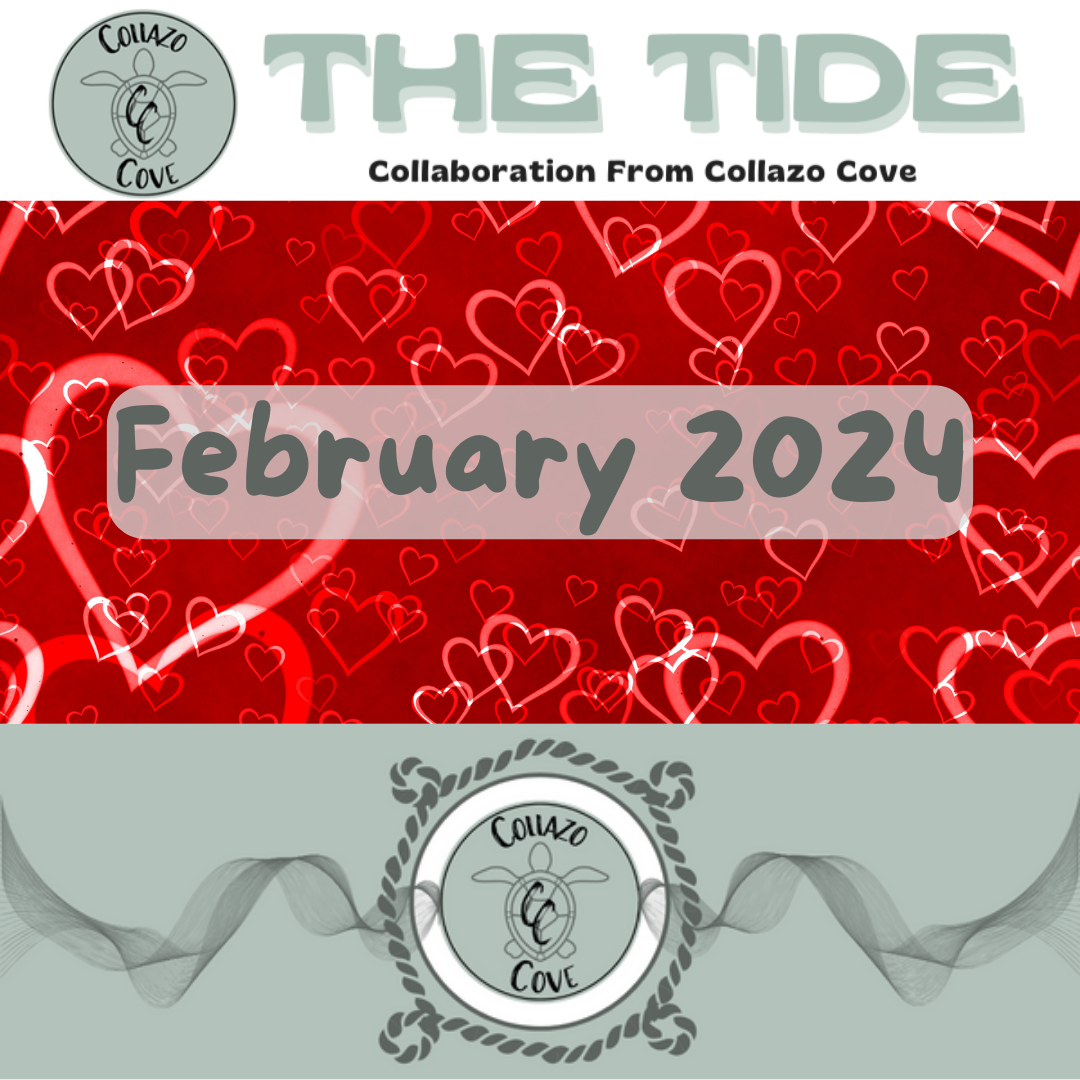
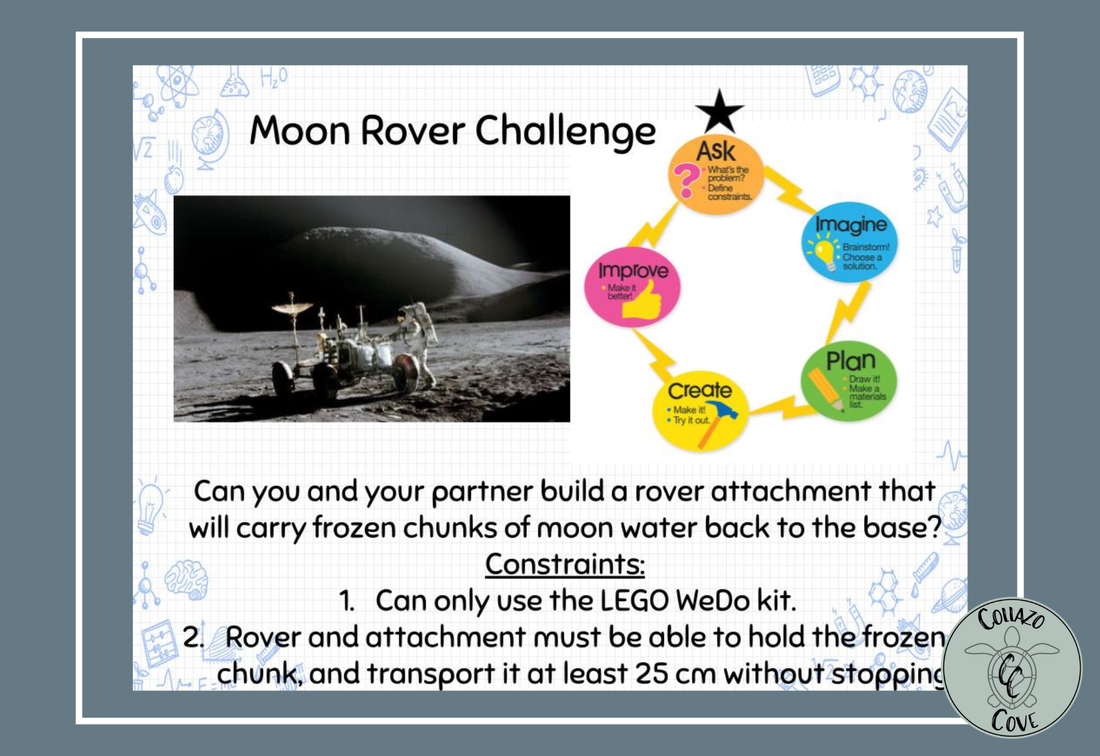
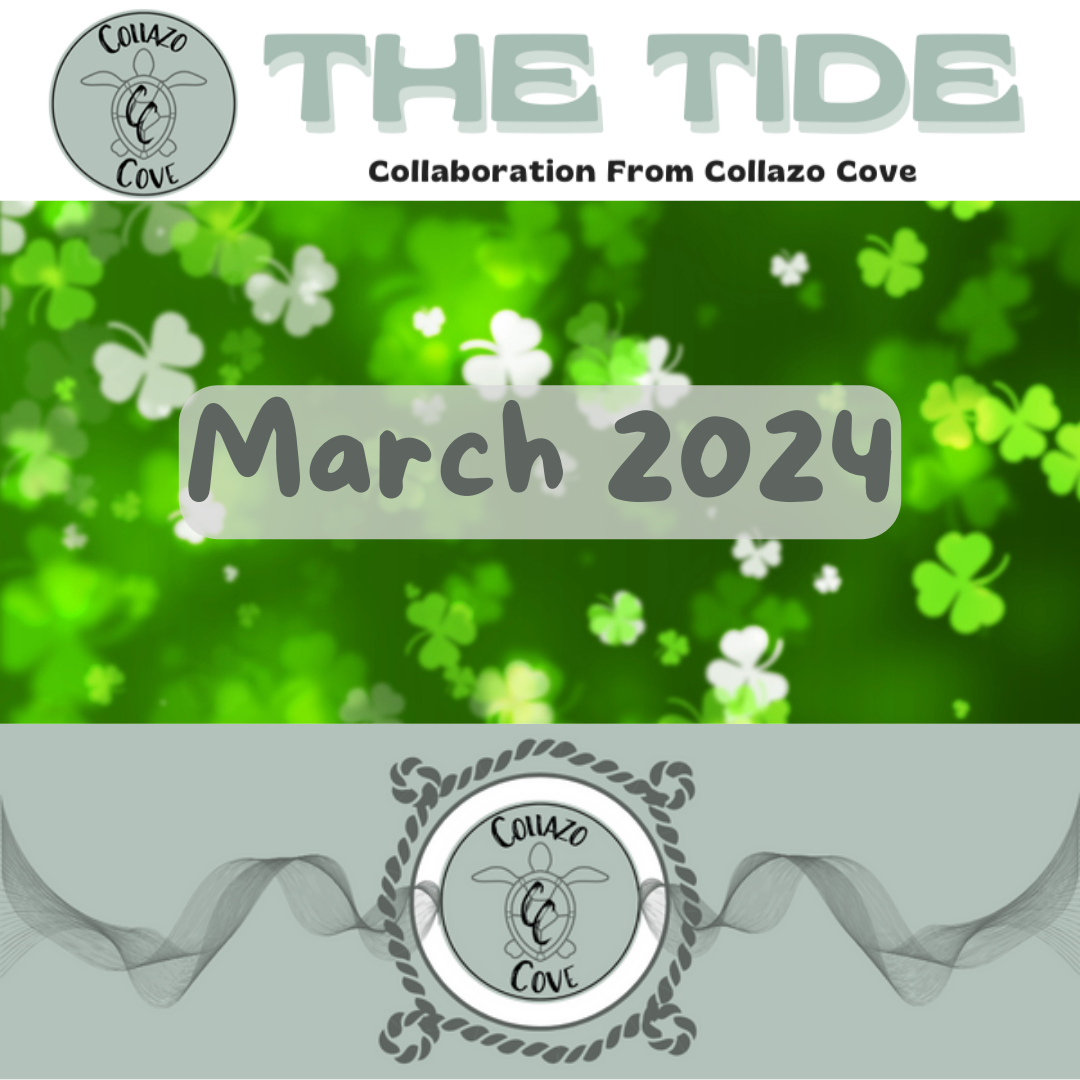
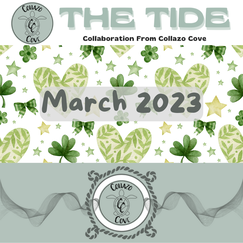
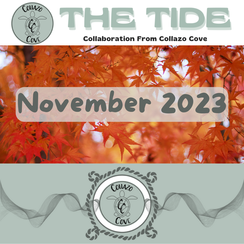
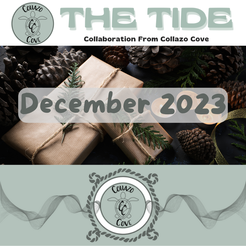
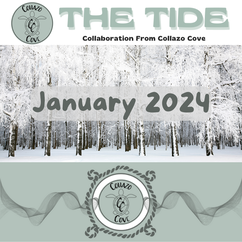
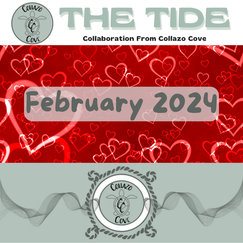
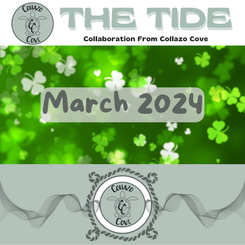
 RSS Feed
RSS Feed